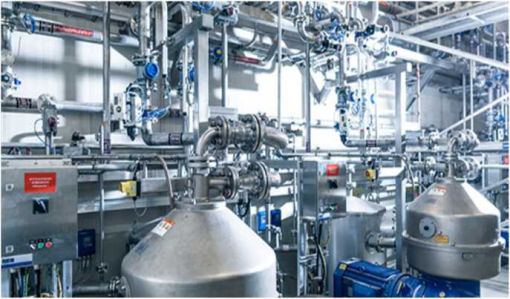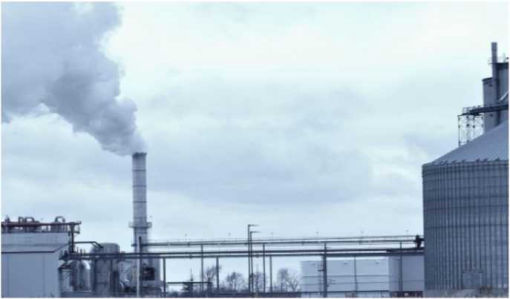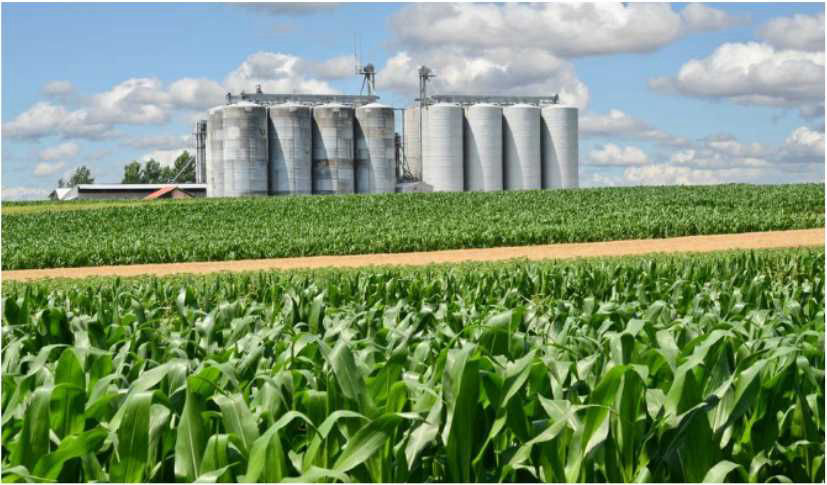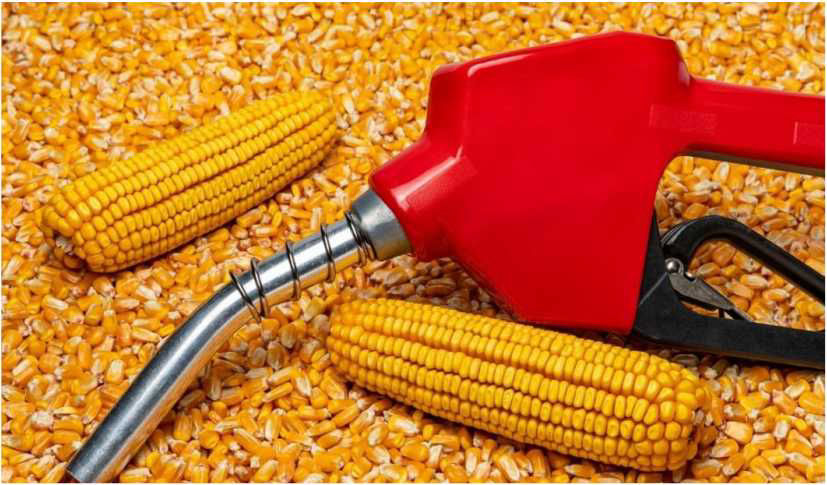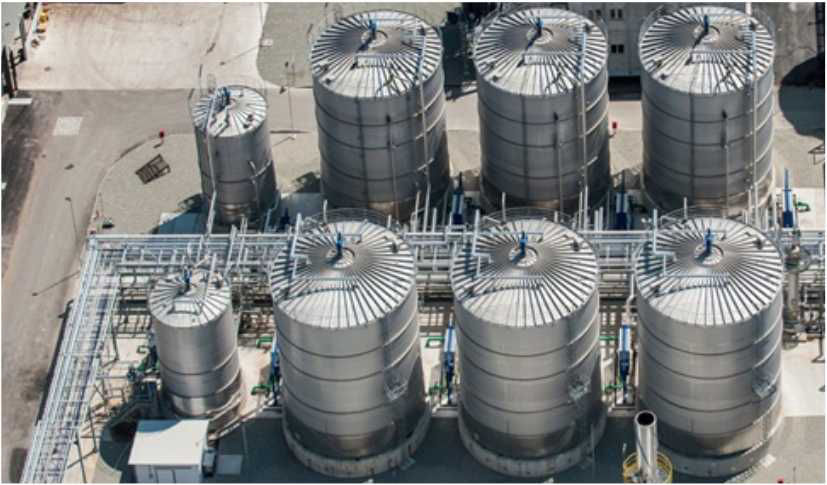Analyser Column
Fermented wash is preheated in the Fermented Wash Pre heater and fed at the top of the Analyzer column. Analyzer Column is heated with Low Pressure Steam .
Top vapours of Analyser column containing all the alcohol in the wash are sent to Analyzer Condenser. Rest of the fermented wash flows down the Analyser column and is taken out as spent wash from Analyzer column bottom.


